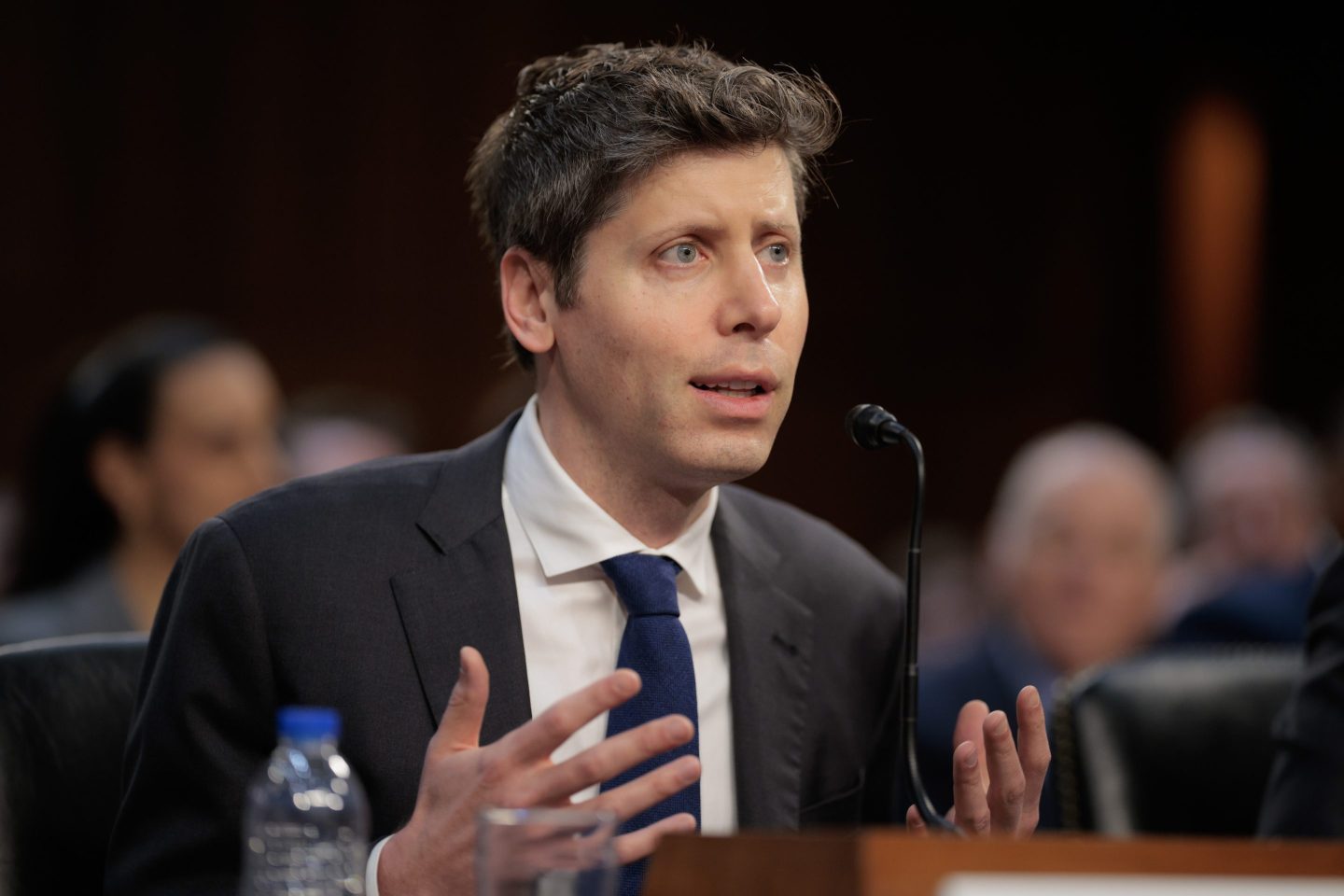U.S. employers and workers are being squeezed by the steepest run-up in health insurance costs in years, with average family premiums nearing $26,993 in 2025 and pressure building for even sharper increases in 2026, according to a recent KFF survey.
The near-term outlook points to renewed cost shifting to employees, tighter coverage for pricey drugs like GLP‑1s, and a louder policy debate over price growth—without an obvious, scalable fix in sight.
The new premium reality
KFF, a health research group, released an employer survey showing average family premiums rose about 6% in 2025 to roughly $26,993, with workers contributing about $6,850 toward the total. Employers cite prescription drugs, chronic disease, and elevated utilization as the leading cost drivers, according to a New York Times report of the survey. The five-year increase now totals approximately 26%, and preliminary indicators suggest another upward trend in 2026, absent meaningful cost containment.
Premium acceleration is not confined to the employer market; broader analyses point to rising costs across segments, with expectations that 2026 will bring the sharpest increases in over a decade if plan design changes don’t offset underlying trend. Employers are bracing for hikes approaching 9% in the absence of new limits, reinforcing the strain on benefits budgets and household finances.
Why costs are climbing
Several forces are converging: higher hospital prices, persistent inflation in provider labor, and heavier use of services as care deferred during the pandemic comes back online. A growing share of spending is tied to high‑cost drugs, including GLP‑1s for weight loss and cardiometabolic risks, which many employers covered in 2025 but may curb as budgets tighten.
Consolidation among health systems has strengthened negotiating leverage on rates, while improved access via virtual care has increased utilization, especially in behavioral health. Employers also flag specialty pharmacy growth and supply‑chain pressures, creating a cost stack that traditional benefit tweaks struggle to unwind.
Employers’ strained playbook
KFF’s CEO Drew Altman argues that corporate tools—from narrow networks and direct contracting to wellness, transparency, and chronic-care programs—have delivered only incremental gains because employers avoid pushing changes that trigger employee backlash. In a fragmented system with concentrated provider power, the go-to “quick savings” lever remains higher deductibles and cost-sharing when premiums spike.
With few new levers and a “quiet alarm bell” over GLP‑1 demand and hospital price increases, Altman warns of a likely return to cost shifting in 2026 and potential pullbacks or tighter management of weight‑loss drug coverage. He also notes that recent federal spending cuts do little to address underlying prices, leaving employers and families exposed to continued premium growth.
Workers pay the price
Experts warn that 2026 could bring the most significant benefit-cost jump since 2010, even after planned reductions, as employers accelerate plan changes that shift more costs to workers. In surveys, more than half of companies expect to raise deductibles, out-of-pocket maximums, or otherwise redesign plans to temper the trend. Employees should expect 6%–7% increases in paycheck deductions and tighter formularies.
Employers are increasingly scrutinizing pharmacy contracts and GLP‑1 coverage, with many exploring stricter eligibility, documentation, and network limitations to control spend, even as they invest in mental‑health access and “high‑performance” networks to steer care to lower‑cost, higher‑quality providers. These moves may blunt, but not reverse, the underlying cost trajectory.
Expiring subsidies
KFF’s briefing flags cost containment could become a bigger agenda item in D.C. as premium pressures intensify, but consensus on tackling prices—particularly hospital and drug costs—remains elusive. State experiments in hospital cost growth caps are emerging, yet the national framework lacks the alignment and bargaining power to bend trend in the near term.
Expiring or changing federal subsidies in other markets could steepen consumer exposure, with KFF estimating that lapsing enhanced premium tax credits would more than double average marketplace premium payments next year—evidence of how sensitive affordability is to policy scaffolding. While not directly the employer market, it highlights the stakes of price growth for households.
The 2026 outlook
Expect premium growth to outpace wage gains again, with employers leaning on tighter plan designs, higher employee cost shares, and closer management of specialty drugs such as GLP‑1s. If underlying drivers—provider prices, specialty pharmacy, and utilization—remain elevated, the next wave of employer responses could extend to narrower networks and more direct contracting, but disruption risk will limit scale.
Absent stronger price discipline at the system level, the most probable path is another year of elevated increases, renewed cost shifting, and selective benefit retrenchment—which together will test worker affordability, squeeze margins for smaller firms, and keep healthcare inflation a boardroom priority.
For this story, Fortune used generative AI to help with an initial draft. An editor verified the accuracy of the information before publishing.












